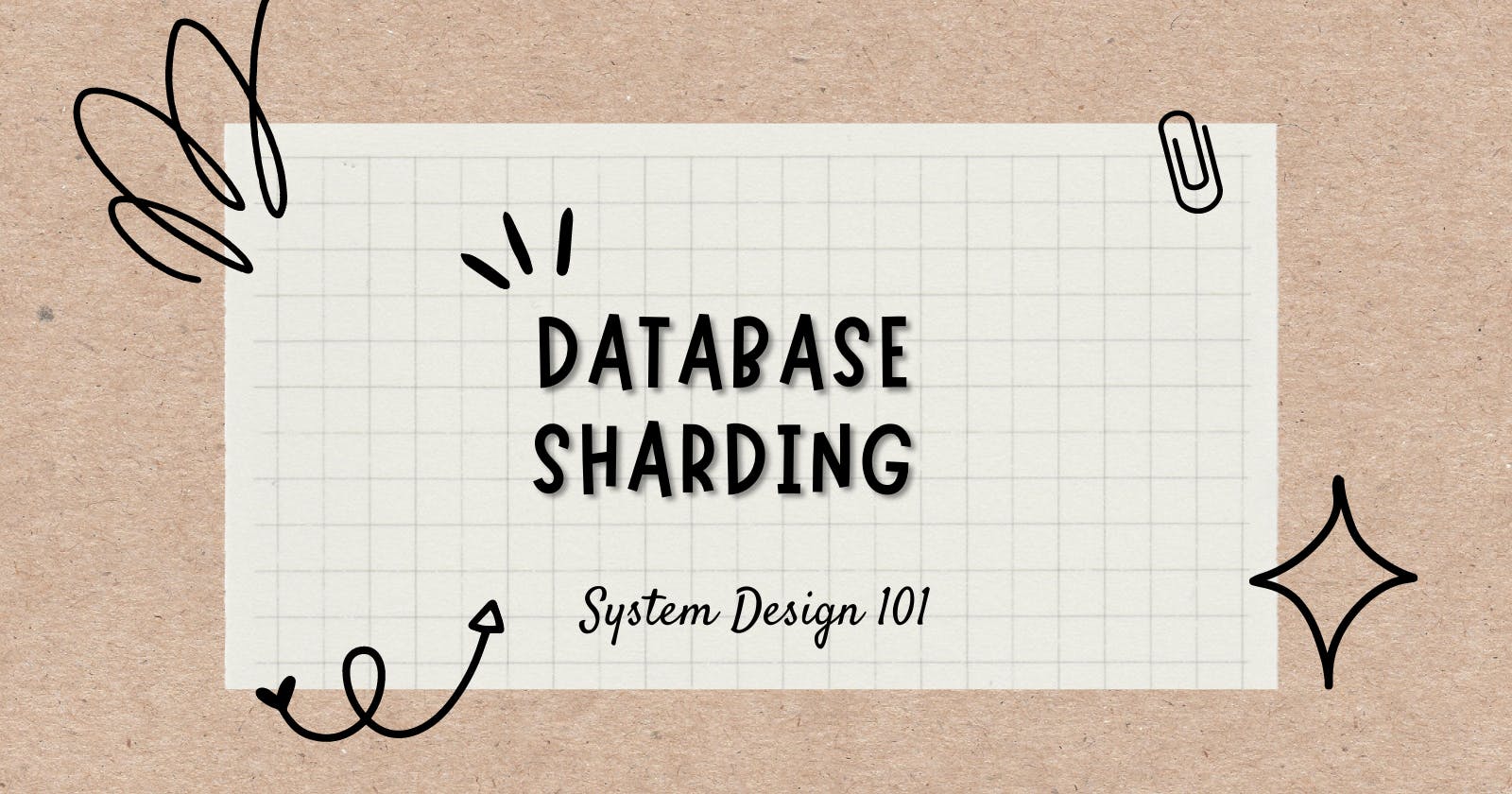Introduction
In today's world, data is king, and managing large amounts of data can be a challenge for businesses. Database sharding is a popular solution to this problem. Sharding is the process of horizontally partitioning a database to optimize its performance. In this blog post, we will discuss what database sharding is, its advantages and disadvantages, and real-life examples of sharding.
What is Database Sharding?
Database sharding is a concept where a database is partitioned horizontally to make queries faster and optimize performance. This process involves breaking down the database into smaller pieces called shards. Each shard contains a subset of the data, and this partitioning helps distribute the load across multiple servers. Sharding is used to make queries faster and improve performance.
Real-Life Example of Sharding
Suppose you are running a shoe store, and you receive a lot of requests for different shoe sizes. Even after indexing, your database queries are taking time, so you decide to shard your database based on shoe size. You can partition your database into nine pieces/shards for sizes 4-13, and each shard will contain information about shoes of a particular size only. This results in faster queries because now you just have to read a single shard and not do any conditional checks in the database.
Advantages of Database Sharding
One major advantage of sharding is that it improves query performance. With a properly sharded database, queries become faster and more efficient. Another advantage is that sharding provides scalability. By breaking the database into smaller pieces, you can add more shards as needed to accommodate additional data. This makes sharding an ideal solution for businesses that expect rapid data growth.
Disadvantages of Database Sharding
One disadvantage of sharding is that the number of shards is not dynamic. This means that it can be difficult to add or remove shards as needed. However, this problem can be addressed by creating more dynamic shards in a single shard.
Another disadvantage is that sharding can be complex to set up and manage. Additionally, sharding can result in increased complexity and cost when it comes to backups and disaster recovery.
Conclusion
Database sharding is a powerful technique that can improve the performance and scalability of databases. However, it comes with its own set of challenges, such as increased complexity and cost. Sharding should be used as a last resort after considering other options like indexing and using NoSQL. In conclusion, sharding is an excellent solution for businesses with rapidly growing data and complex queries, but it should be approached with caution and careful consideration.

